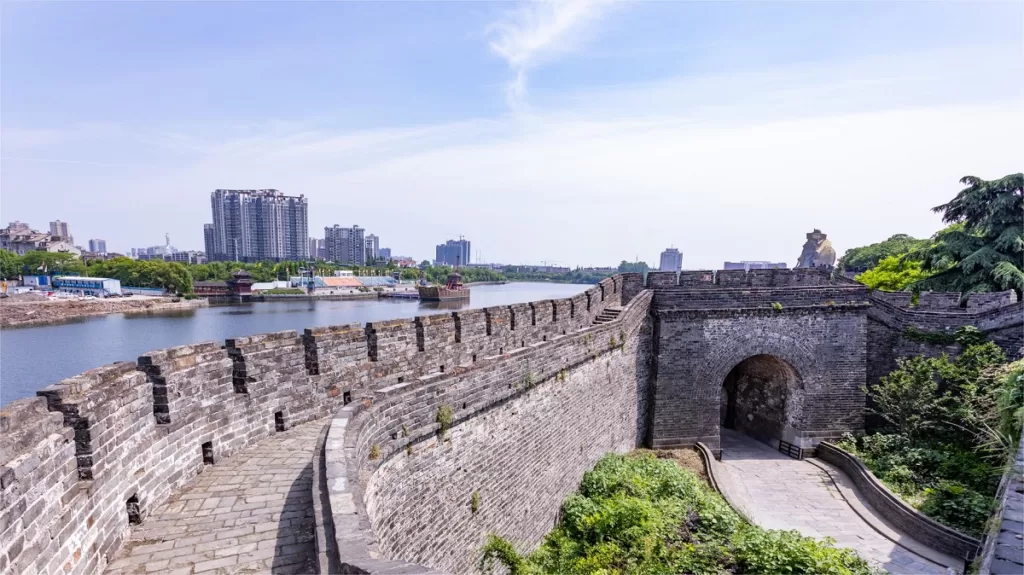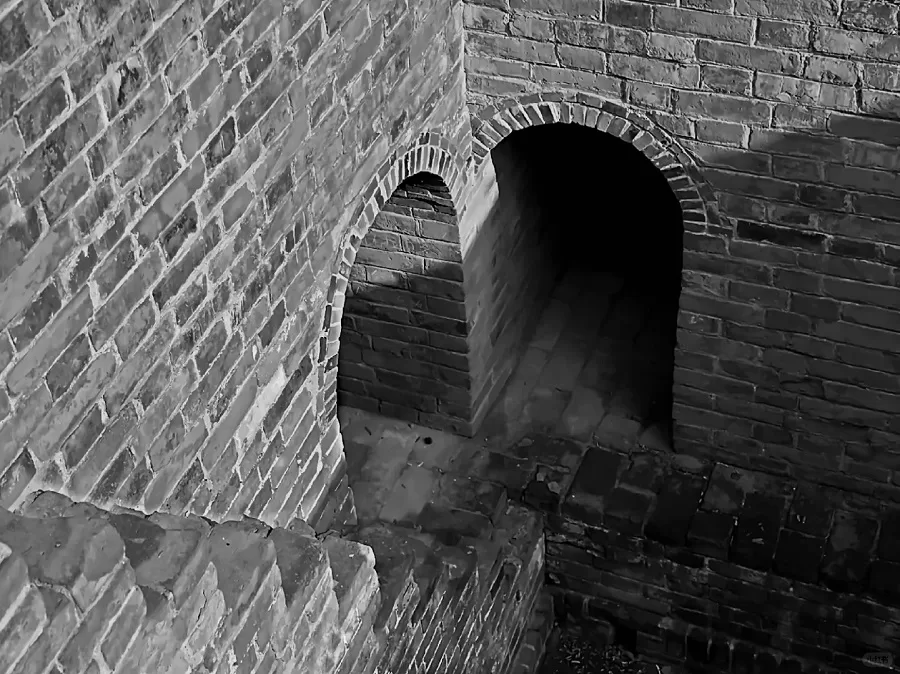Jingzhou Ancient City Wall – Ticket, Opening Hours, Location, and Highlights


Located in Jingzhou District, Hubei Province, the Jingzhou Ancient City Wall (荆州古城墙) stands as one of the four relatively intact ancient city walls in China and is among the best-preserved in the southern region. The existing wall, reconstructed during the Ming and Qing dynasties, stretches 3.75 kilometers from east to west, 1.2 kilometers from north to south, covering an area of 4.5 square kilometers. With a circumference of 10.28 kilometers and a height of 9 meters, the wall encompasses a rich history within its imposing structure. Featuring eight city gates and two gate towers, Jingzhou Ancient City is layered into three sections: an outer water city, a middle brick city, and an inner earthen city. The protective moat, known as the water city, spans 10,500 meters with a width of 30 meters and a depth of 4 meters, linking the ancient city to Taihu Lake in the west and Chang Lake in the east, connecting with the historic Grand Canal.
Table of Contents
- Basic Information
- Location and Transportation
- Highlights of Jingzhou Ancient City Wall
- Vlog about Jingzhou Ancient City Wall
- Other Attractions within Jingzhou Ancient City
Basic Information
| Estimated Length of Tour | 2 hours |
| Ticket Price | Binyang Tower: 35 RMB |
| Opening Hours | 8.00 – 17.30; Last admission: 17.00 |
| Telephone Number | 0086-0716-8450389 |
Location and Transportation
The Jingzhou Ancient City Wall is located at 2 Zhang Juzheng Street, Jingzhou District, Jingzhou City, Hubei Province, China. To get there, you can take bus 15, 20, 21, 24, 25, 29, or 104 and get off at Jingzhou Ancient City Tourist Center Stop (荆州古城游客中心站).
Highlights of Jingzhou Ancient City Wall
Armory Caves (Cang Bing Dong)

As a colossal military defense structure in ancient times, the Jingzhou Ancient City Wall not only boasts a formidable and towering wall and structures like arrow towers but also features numerous complementary military facilities. Among the most distinctive and functionally significant are the four hidden armory caves strategically positioned in the east, west, south, and north corners. Each cave is 10.5 meters long, 6.3 meters wide, and 6 meters deep, consisting of two levels and accommodating over 100 soldiers. Within each level are smaller armory caves, each housing two soldiers, equipped with arrow slits for surprise attacks. The protruding rectangular shape of the wall housing these caves allows for coordinated arrow barrages from three sides, catching invaders off guard. The intricate and innovative design of the armory caves makes them crucial military strongholds for defense and counterattacks in case of a breach, allowing for decentralized resistance and potential reversal of the battle.
Gate Towers (Men Lou)

Qujiang Tower (South Gate Tower): Also known as the South Gate Tower, this tower was reconstructed during the era of the Republic of China. With a single-eaved gabled roof, it has a planar dimension of 15 meters in length and 10 meters in width.
Chaozong Tower (Great North Gate Tower): Commonly referred to as the Great North Gate Tower, it stands along the western section of the northern city wall. It was rebuilt in the 18th year of the Qing dynasty’s Daoguang era (1838). The structure spans 18 meters in length and 12 meters in width, featuring a roof adorned with black pottery tube tiles and animal-shaped ornaments also made of black pottery. The pillars, made of fir, have a diameter of around 30 centimeters. With doors and windows on both the front and back eaves, the entire building exudes a simple yet elegant atmosphere, reflecting the traditional style of classical Chinese architecture.
Binyang Tower (East Gate Tower): Originally named Yinbin Tower, commonly known as the East Gate Tower, this tower dates back to the Ming dynasty. It was officially opened to domestic and international visitors in 1987. Standing at a height of 9.5 meters with dimensions of 12.65 meters in width and 34 meters in length from south to north, the tower employs a large wooden frame structure, presenting a grand and distinctive appearance while maintaining the architectural style of the Ming dynasty.
Vlog about Jingzhou Ancient City Wall
Other Attractions within Jingzhou Ancient City

Jingzhou Museum

Former Residence of Zhang Juzheng

Guan Yu Temple, Jingzhou

Sanguo Park, Jingzhou

Taihui Taoist Temple

Guandi temple, Jingzhou

Xuanmiao Taoist Temple, Jingzhou
Hubei Historical Sites, Jingzhou Attractions